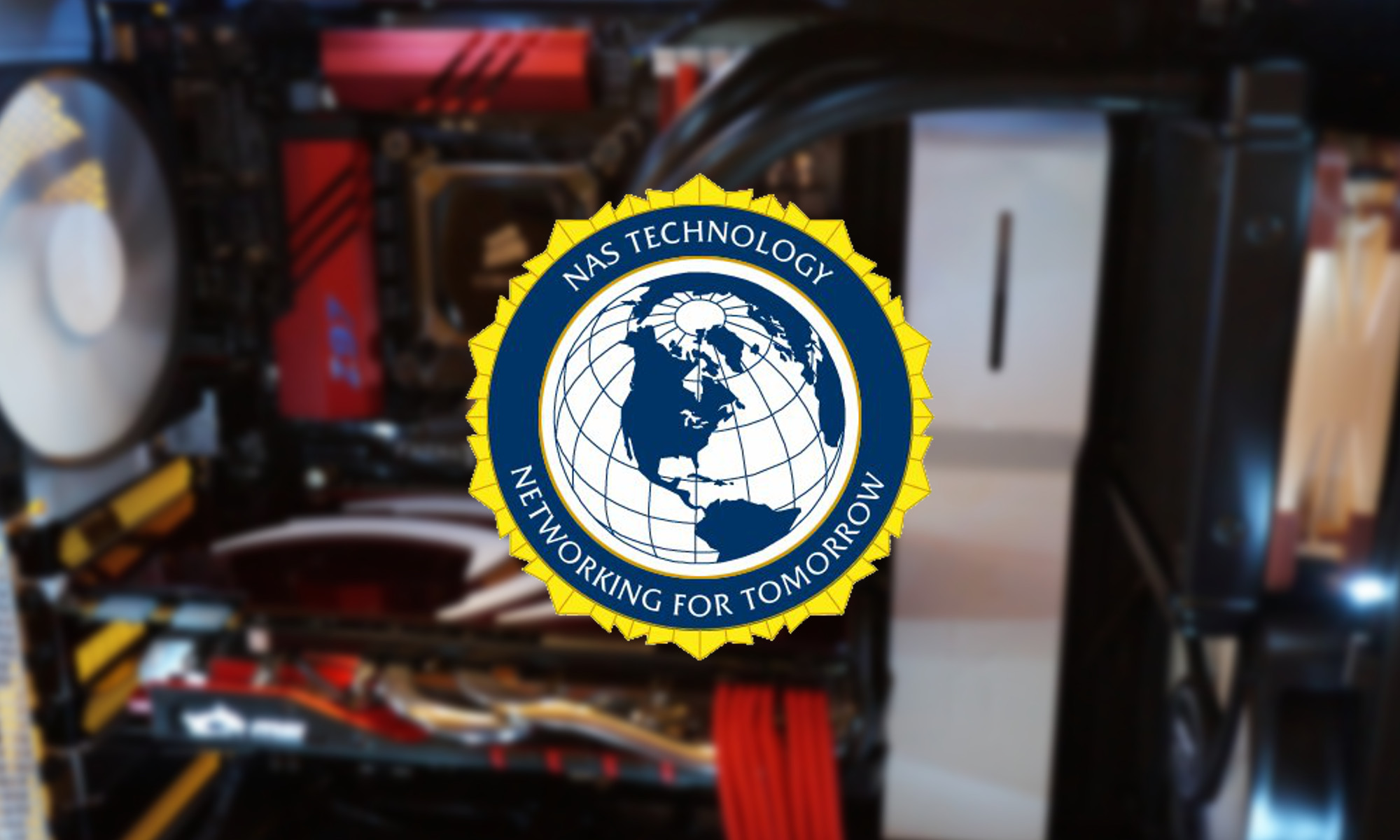“An ounce of prevention is worth a pound of cure” -Benjamin Franklin
This old saying holds just as true in today’s modern world of electronics. This short post will deal with a few simple steps to make sure your computer and your data are secure from disaster. First, we will focus on making sure software is secure and up to date. Second, I will discuss free antivirus and antimalware real time protection software. Third, I will rehash some best practices regarding passwords. Finally, I will try to drive home the security hole of Java.
Keep Software Up-To-Date
Stop using Windows XP. Period. Technically, you still have one year of critical security updates left. Microsoft will officially stop supporting Windows XP in April of 2014, a full TWELVE years after its original release. But why wait until then? Get your data backed up and either install a free operating system such as Ubuntu, install a paid upgrade of Windows 8 or 7 ($199), or purchase a new computer running Windows 8 for well south of $500. Preventing a security breach and stolen identity is worth far more than the pain of a new computer system.
ENABLE WINDOWS UPDATE. Control PanelSystem and SecurityWindows Update – First, change the default setting of updates to also install updates for all Microsoft software (not just Windows i.e. MS Office). Once this is changed, the Windows Update window will read “You Receive Updates: For Windows and Other Products from Microsoft Update”.
Now click “Change Settings” in the left panel or go to Control PanelSystem and SecurityWindows UpdateChange settings & Choose “Install Updates Automatically“. Also, Laptop users might want to change the update frequency to “Check for Updates, but let me choose when to download and install them.” This is especially true if you are using a metered 4G cellular connection. If you do this, you MUST be sure to keep an eye out for the Windows System Update icon next to the System Clock. Speaking of which…
Enable “Always show all icons and notifications on the taskbar“. Control PanelAll Control Panel ItemsNotification Area Icons. Check box for “Always Show”. Taskbar icons are typically where applications will nag you to update them. Do not ignore these icons. Certain running programs minimize to this area as well, such as antivirus, sound settings, network settings, dropbox, boxcryptor, etc. Get to know what should be there when everything is up to date and notice when something changes.
Last – use an automated software updater program. Microsoft Windows Updates are wonderful at updating security fixes for the Operating System, Word, and Excel, but what about all those security updates to Java, Adobe, Firefox, etc? Secunia software has a FREE application called Personal Software Inspector that can handle this automatically.
Download Secunia Personal Software Inspector for Free:
http://secunia.com/vulnerability_scanning/personal/
Stay secure by updating insecure programs on your computer with the Secunia PSI
The Secunia Personal Software Inspector (PSI) is a free computer security solution that identifies vulnerabilities in non-Microsoft (third-party) programs which can leave your PC open to attacks. Simply put, it scans software on your system and identifies programs in need of security updates to safeguard your PC against cybercriminals. It then supplies your computer with the necessary software security updates to keep it safe. The Secunia PSI even automates the updates for your insecure programs, making it a lot easier for you to maintain a secure PC.
Using a scanner like Secunia PSI 3.0 is complementary to antivirus software, and as a free computer security program, is essential for every home computer. So check this out to learn more about taking cyber security measures.
You don’t have to PAY for Antivirus
There are several free for home use a/v. AVG free and Microsoft Security Essentials are OK, but Avast Free may be a better choice per the recent reviews I’ve been reading:
http://www.avast.com/en-us/index
Recently, I discovered that BitDefender now has a free for home use product:
http://www.bitdefender.com/solutions/free.html
Install one or the other (Avast OR Bitdefender, not both).
I also always recommend keeping Malwarebytes installed and up to date just in case for post infection removal (it does not run a real time scanner, on demand only):
http://download.cnet.com/Malwarebytes-Anti-Malware/3000-8022_4-10804572.html
Save Everything to the Cloud, Encrypted
This may be a controversial topic regarding data ownership, privacy, etc. But, saving everything to the cloud means even if you lose your computer you won’t lose your files. Personally, I use Dropbox with BoxCryptor for easy access across all devices (home laptop, work PC, Android smartphone, iPad tablet). BoxCryptor makes saving everything in an encrypted format drop dead simple and it is free. BoxCryptor works with Dropbox, SugarSync, Microsoft SkyDrive, Google Drive or any other cloud storage provider. For more information, please read this article by How To Geek:
How To Encrypt Your Cloud-Based Drive with Boxcryptor
Never reuse the same password
I have written about this before, but it is worth repeating. I personally use KeePass 2.2 Professional and store the database in the cloud for access across all devices. Download KeePass for free here: http://keepass.info/download.html
Uninstall JAVA
In January 2013, the Department of Homeland Security recommended disabling Java. Most of the tech world would take it an extra step and say Uninstall Java. If you need it, then only enable Java on-demand. Do not run Java with anything less than the latest up to date patched version. Go to Control PanelProgramsPrograms and Features and click any instance of Java, JRE, Java 6, etc that you find and choose Uninstall. If you need Java, install it for that one purpose and disable it when not in use. For more help on this issue, see this article by PC Pit Stop
http://techtalk.pcpitstop.com/2013/01/16/uninstall-java-now/
